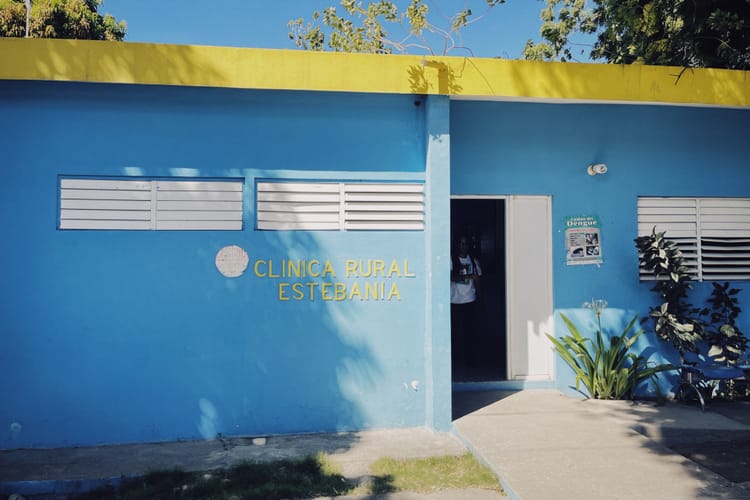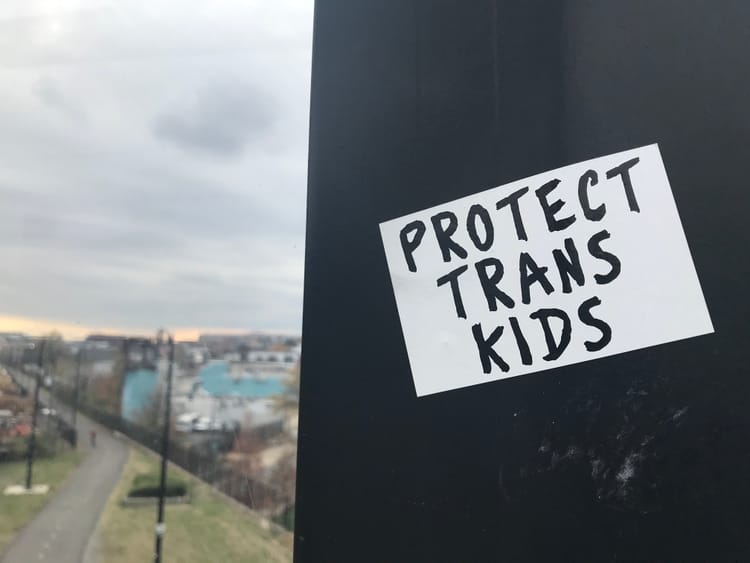The Limits of a Tragic Story

In the early morning hours of October 28, 2012, a dentist named Savita Halappanavar died in Galway, on the west coast of Ireland.
Actually, she had been dying for days.
In a report released the following year, medical investigators found that Halappanavar, who was 17 weeks pregnant, had been showing signs of a possible pregnancy-related infection since her first visit to the hospital a week earlier.
But even after the amniotic sac ruptured—meaning that Halappanavar’s pregnancy couldn’t possibly be viable, and that her risk of developing a life-threatening infection was increasing by the hour—doctors failed to do the one thing that might have saved her life: give her an abortion. By the time Halappanavar miscarried on her own, it was too late. The infection had already invaded her blood. She died four days later.
Does this story sound familiar?
Maybe that’s because you’ve heard it before—or because it’s so similar to the stories of Josseli Barnica, Amber Thurman, and Candi Miller, three U.S. women whose abortion ban-related deaths were recently reported by ProPublica.
In Texas, where a near-total abortion ban went into effect in 2021, pregnancy-related deaths increased by 56 percent between 2019 and 2022, dramatically surpassing the national increase of 11 percent during that time. Barnica is just one of the names behind those numbers. There are many more names we don’t know, and may never know, in more states beyond just Texas.
Then there are the stories of people like Kate Cox, Amanda Zurawski, Lauren Miller, Lauren Hall, Anna Zargarian, Ashley Brandt, and at least 15 other U.S. women represented by the Center for Reproductive Rights who were denied abortions they needed for medical reasons. These women didn’t die, but they could have—just like countless others who have bled in parking lots, had care unnecessarily delayed in cases nearly identical to Halappanavar’s, or been life-flighted out of abortion-hostile states over the last few years.
In the wake of the U.S. presidential election, many readers have asked me: Why aren’t these stories of delays and denials of care enough? Why haven’t they affected Americans the way Halappanavar’s death seemed to affect the Irish?
Read the rest of this essay at Rewire News Group.
Repro Report is free, but to support my work, consider upgrading to a paid subscription.



